|
As you may know, I am a huge fan of Ida Cogswell Bailey Allen. A PROLIFIC cookbook author with over fifty titles to her name, I'm not sure anyone has ever done a comprehensive bibliography of her work. So when I saw this little cookbook on Etsy, I squealed. I squealed in part because, as far as I can tell, this is one of her first cookbooks! And I also got excited because she is listed as an "endorsed lecturer" for the United States Food Administration! The cookbook does have a few ration-friendly recipes in the very back - basically for wheatless baking recipes. But the majority are regular ol' recipes designed for The Citizens' Wholesale Supply Company from Columbus, Ohio. There's not a lot out there on this company, but from what I can tell it started out as a co-op, and then morphed into a company focused on food products - the Golden Rule brand. The Golden Rule Cook Book, (not to be confused with THIS Golden Rule Cook Book of meatless and vegetarian recipes), doesn't appear to be digitized anywhere, nor are there many versions for sale online. Which makes it all the more interesting! It was likely designed as an advertising cookbooklet, which were a common advertising device for food products and companies from the 1890s until quite recently. As you can see, the recipes all call for at least one Golden Rule brand ingredient, often a flavoring extract. This "French Peach Pie," however, caught my eye. It appeared to be an upside down cake, albeit baked in muffin tins. Ida Bailey Allen probably called it "French" because it loosely resembles tarte tatin. I wasn't sure exactly how many muffin tins, as I knew some historic tins were only 6 muffins big, and I had only a 1 dozen pan. So I decided to make a few changes. First, I made it in a round cake pan, instead of individual cakes in a muffin tin. I also added chopped pecans, because I had some and that sounded good with peaches. I added a pinch of salt, because Ida never does and baked goods taste flat without it. More commentary with the recipe. French Peach "Pie"I put the "pie" in quotes because this is really an upside down cake. If I make this again, and I think I will, I am going to make a few more changes, mainly using regular all-purpose flour and using the full egg, instead of just the yolk, as the batter was a bit dry and needed an infusion of extra milk. I even added a little of the leftover peach juice! Here's the verbatim recipe: Butter muffin tins thoroughly, and half fill with sliced canned peaches, adding a teaspoon of juice to each compartment. Make a cake batter of one tablespoon butter, one-half cup sugar, one-fourth cup milk, one cup bread flour, one egg yolk, one teaspoon Golden Rule Baking Powder, and a few grains Golden Rule Nutmeg. Drop a spoonful on each pan, set in the oven, and bake slowly for thirty minutes. Then invert, and serve with lemon sauce, or Golden Rule Marshmallow Whipped Cream. Here's my translation: 1 quart canned peaches 1 tablespoon butter, softened 1/2 cup sugar 1 egg yolk 1/4 to 1/2 cup milk Leftover peach juice 1 cup bread flour 1 teaspoon baking powder pinch of salt (1/4 teaspoon at least) 1/2 teaspoon cinnamon 1/4 cup chopped pecans (optional) Well-butter a 9 inch round cake pan. Add the peach slices to the bottom of the pan (I was missing a few from my quart from an earlier snack), and a few tablespoons of the juice. In a large bowl, cream the butter and sugar (it WILL work, just takes a minute), then mix in the egg yolk. At this point I dithered between adding the milk or adding the flour, or alternating. I ended up adding the milk and blending well before adding the flour, baking powder, cinnamon, and chopped pecans. This was VERY thick and did not even absorb all the flour, so I added another a little more milk and the remaining peach juice (about 1/4 cup) to make something more closely resembling a thick batter. I dolloped spoonfuls into the pan and tried to spread it out as best I could. I then baked it at 350 F (a "slow" oven is usually between 300 and 350 F), and 30 minutes wasn't quite long enough, as it was a larger pan, so I baked it for probably 40ish minutes, or until the cake was starting to turn golden brown at the edges. I then used a knife to loosen the edges of the cake, placed a cake plate on top of the pan, and flipped to release. Only a little of the cake stuck to the bottom - likely because I added a smidge too much milk. The cake was oddly firm-textured, I think because of the use of bread flour, and a bit dense. Next time I make it I am definitely using all-purpose flour and a whole egg and we'll see how that turns out. And I'll add a little more salt next time. And more peaches! There were insufficient peaches. Lol. And I think this recipe would be much better with fresh peaches, but canned were perfectly fine. The Golden Rule Marshmallow Whipped Cream I did not try, but it is simply whipped cream stabilized with a tablespoon or so of marshmallow creme. Liquid cream is much better, in my opinion! Especially since this cake was quite sweet. Interestingly, although this dessert is not in the World War I section of wheat-saving recipes, it calls for just one tablespoon of butter and one egg yolk, at a time when butter was rationed and eggs were often scarce. It would also be easy to shift this recipe to all barley flour or all or part rye flour to substitute for the wheat. The sugar could also probably be substituted in part or all for honey or maple syrup, which would give added moisture to the batter as well. What do you think? Would you try French Peach "Pie?" Maybe next time I'll be brave enough to try it in the muffin tin! The Food Historian blog is supported by patrons on Patreon! Patrons help keep blog posts like this one free and available to the public. Join us for awesome members-only content like free digitized cookbooks from my personal collection, e-newsletter, and even snail mail from time to time!
2 Comments
Today was a chilly VERY blustery day - my styrofoam Halloween headstone actually blew away this morning! Luckily it only blew into the side yard and wasn't too damaged. Long story short, it seemed like the perfect weather for chicken and dumpling soup. Only problem? I'd yet to find a good dumpling recipe. Until I consulted the glorious Ida Bailey Allen and her 1942 Money-Saving Cook Book. Ida Bailey Allen is one of my favorite relatively unknown celebrity cookbook authors. She was PROLIFIC and published over 50 cookbooks in her lifetime, from 1917 to the 1973 Best Loved Recipes of the American People, published the same year she died. A food writer, magazine editor, and essentially the founder of homemaker radio (she was the president of the Radio Homemakers Association), she was also the first female food TV host with her show "Mrs. Allen and the Chef" (you can listen to clip here!). One of the only moving images of Mrs. Allen that seems to survive on the internet is this little clip from the 1940s - a retrospective of the 1920s. Candy in tea! Who knew? Her Money-Saving Cook Book, first published in 1940 was republished in 1942 as a Victory edition, which is the version I have. It's just a delightful cookbook - chock full of basic, easy, and inexpensive recipes, as well as a bunch of 1940s-style vegetable recipes that I can't wait to try out. So when I was on the hunt for a dumpling recipe to go with my chicken soup, this one of the first cookbooks I consulted, and it did not disappoint. First, let's start with the chicken soup. Scratch Chicken Soup1 pound chicken 5 quarts water (or 4 quarts water and 1 quart chicken stock) 1 onion 2-3 ribs celery 1 cup diced carrots 1 cup frozen peas 1 cup frozen corn (or 1 bag mixed frozen corn, peas, and carrots) salt & pepper to taste Soup is always way easier than people think. It's just a matter of adding ingredients at the right time depending on how long they have to cook. Start with the chicken. You can use boneless or bone-in, skin-on. If using boneless, substitute 1 quart of water with chicken stock for extra flavor. In a large stock pot (I used my favorite cast iron dutch oven), add the chicken, water (and/or stock), onion, celery, and carrots (if using fresh). If not using chicken broth (which is salted), add a teaspoon of salt. Bring to a boil and reduce heat to a simmer, cooking until the chicken is cooked-through and the carrots are tender. About 20 minutes. Remove the chicken from the broth, dice, and return to the pot. Add the frozen vegetables and return to a simmer. Once the vegetables are tender, voila - chicken soup. You can now proceed to the dumpling recipe. Ida Bailey Allen's Puffy Drop DumplingsI didn't want to roll out the dumplings, so I used the Drop Dumpling version of the recipe. Here's the original, which turned out pretty well! I did substitute butter for the shortening. If you use salted butter, reduce the salt in the recipe to 1/2 or 3/4 teaspoon. 2 cups all-purpose flour 1 teaspoon salt 1 teaspoons baking powder 1 tablespoon unsalted butter 1 cup whole milk Use a balloon whisk to blend the flour, salt, and baking powder together. Cut the butter into small pieces and squish in the flour with your fingers (or cut in with a pastry blender) - there should be small chunks or streaks of butter left in the floury mixture. Then add 1 cup milk. Mrs. Allen called for a scant cup, but that wasn't quite enough - my mix was dry instead of being soft. Using a regular table or soup spoon, drop bits of dough about the size of a walnut (or a little larger) into the simmering soup. There will be a lot - submerge any exposed parts under the broth to make sure they steam properly. They'll start puffing up/breaking up almost immediately. Cover the pot and simmer for about 5 minutes. The flour from the dumplings will thicken the broth nicely. The dumplings exceeded my expectations - being a cross between that doughy chew you expect from a nice soup dumpling and light and spongy on the inside of the larger ones. All in all - a perfect one pot supper on a blustery, chilly day. The Food Historian blog is supported by patrons on Patreon! Join us for awesome members-only content like free digitized cookbooks from my personal collection, e-newsletter, and even snail mail from time to time!
|
AuthorSarah Wassberg Johnson has an MA in Public History from the University at Albany and studies early 20th century food history. Archives
July 2024
Categories
All
|
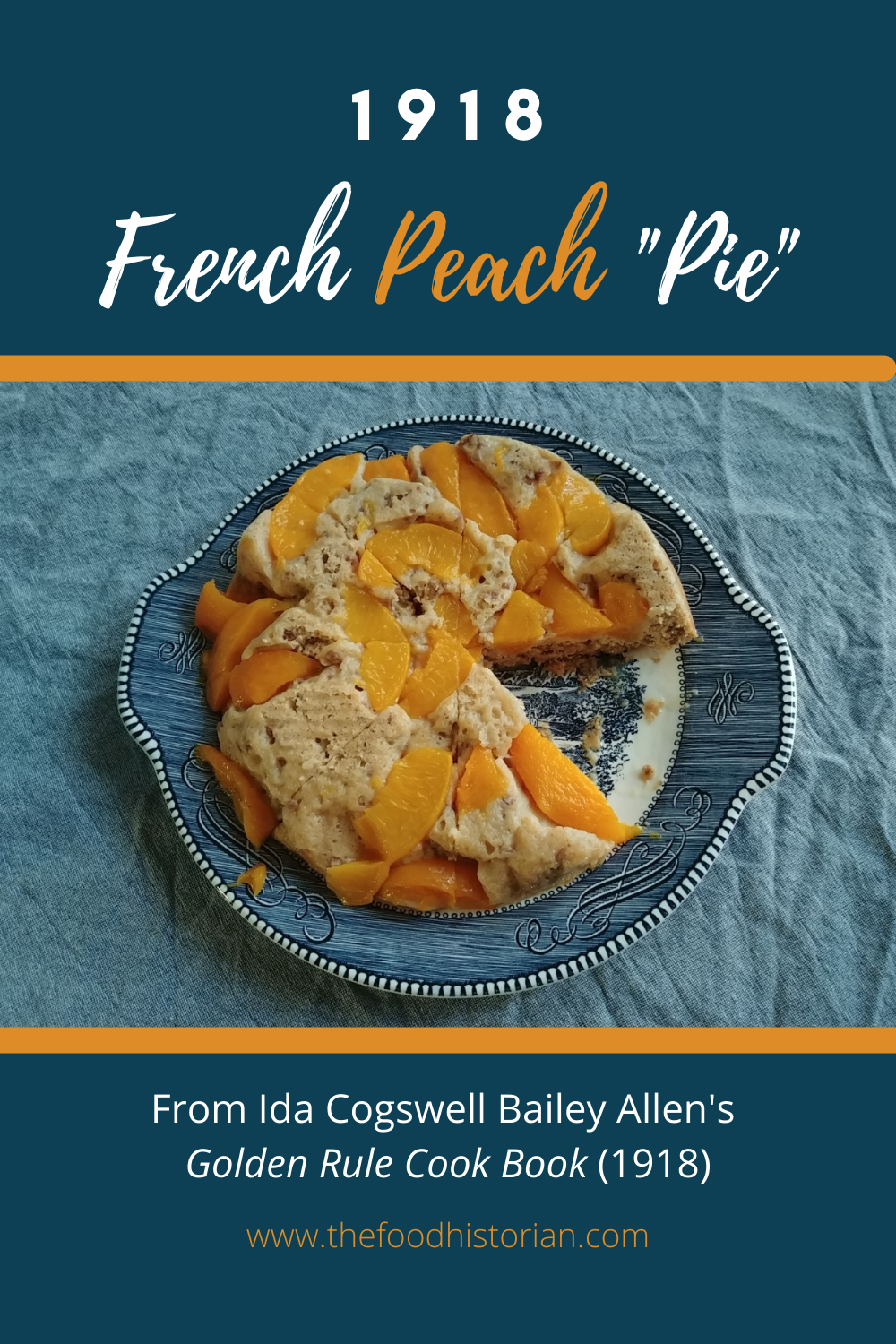
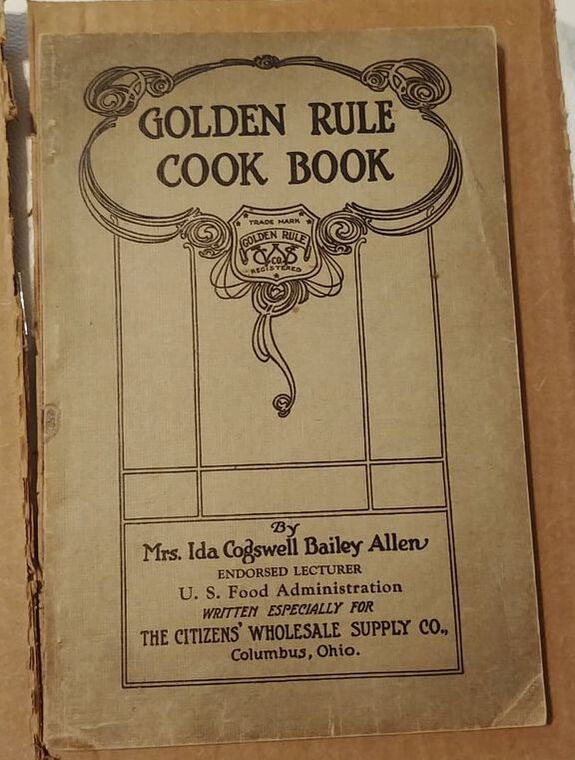
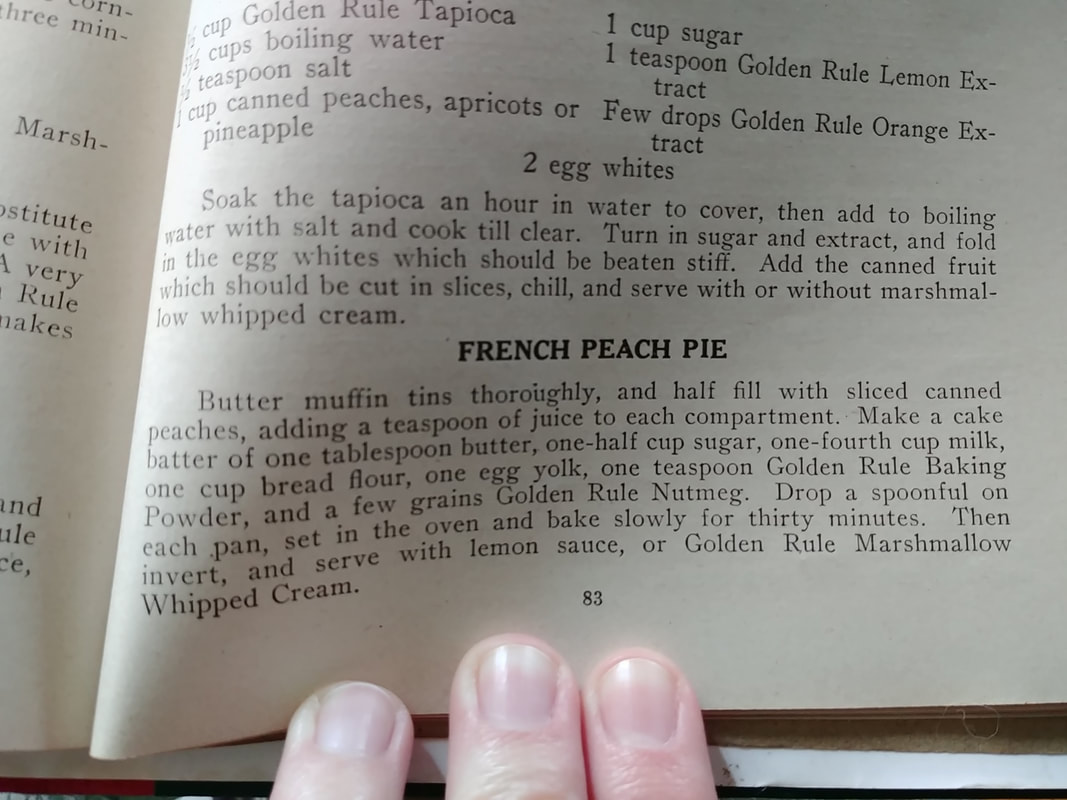
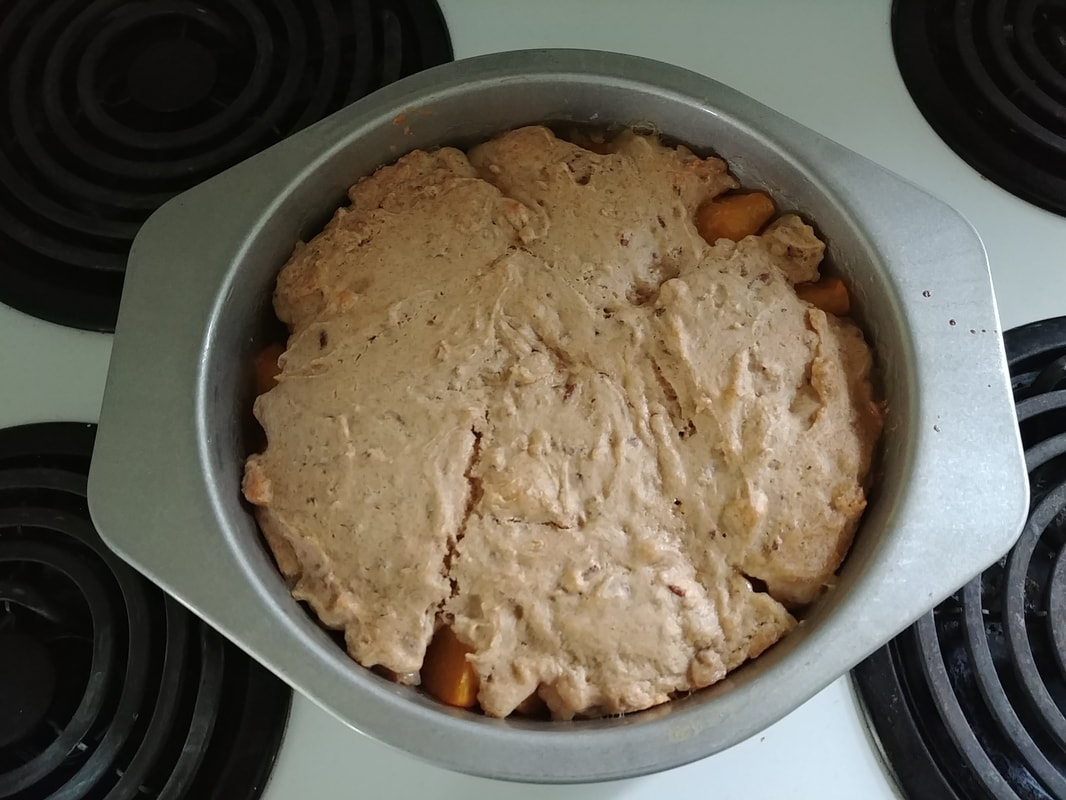
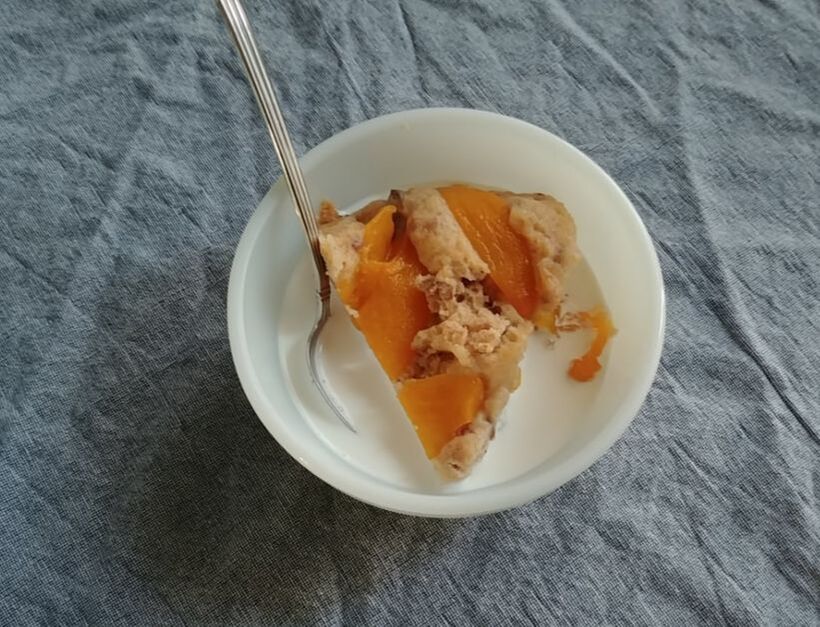
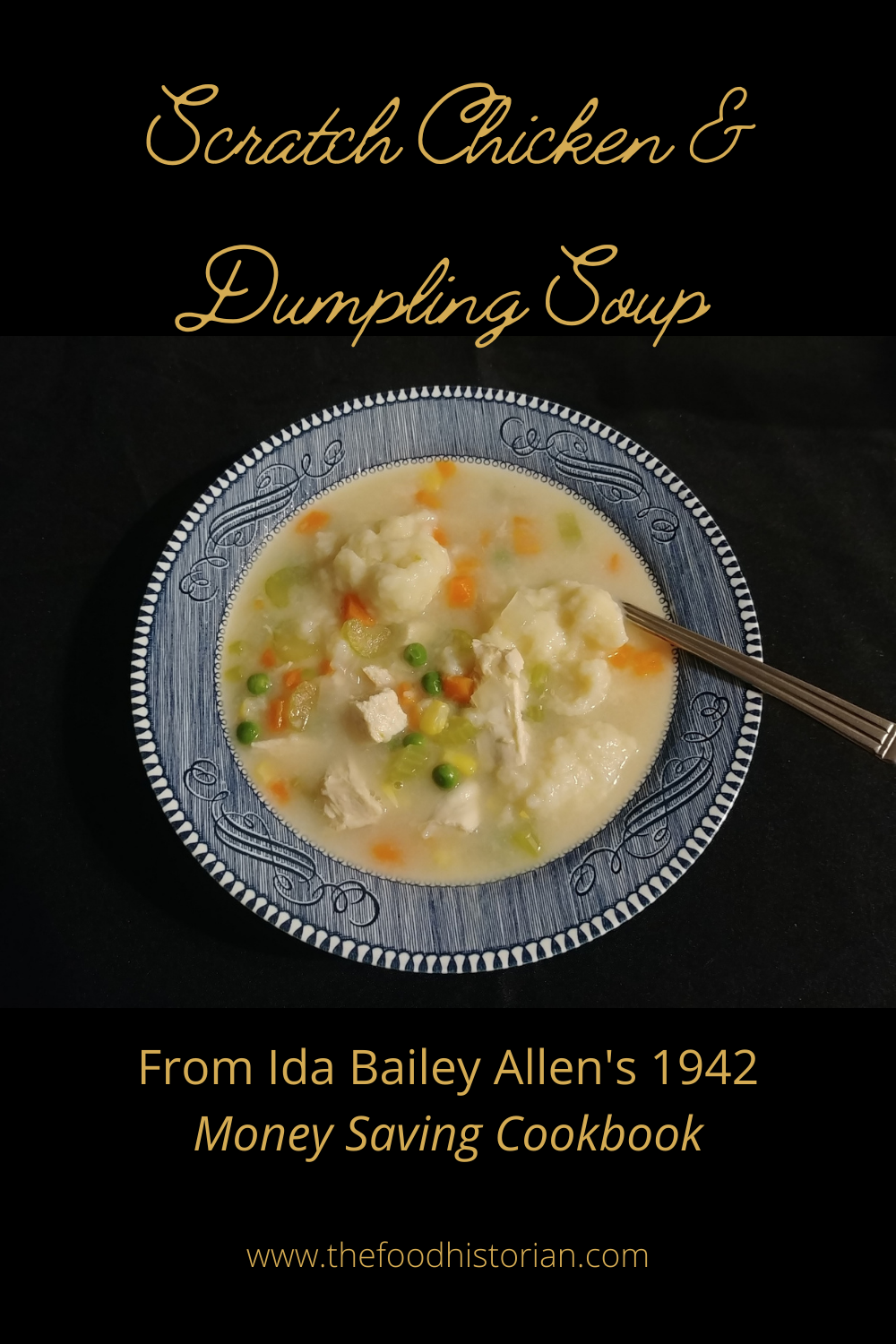
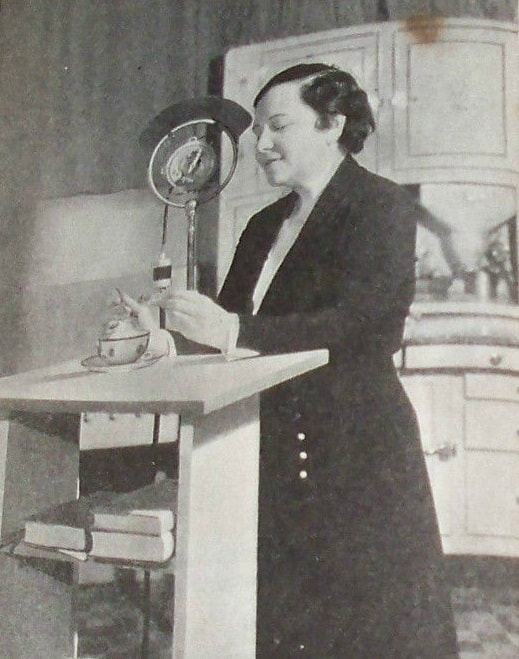
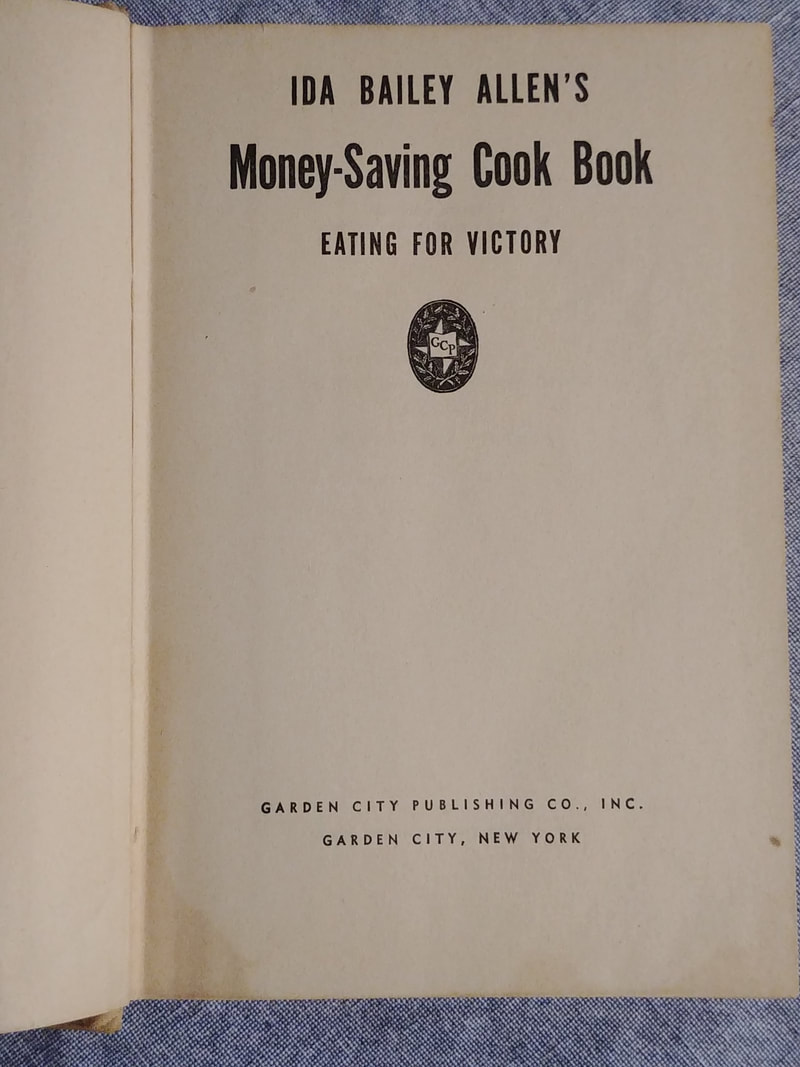
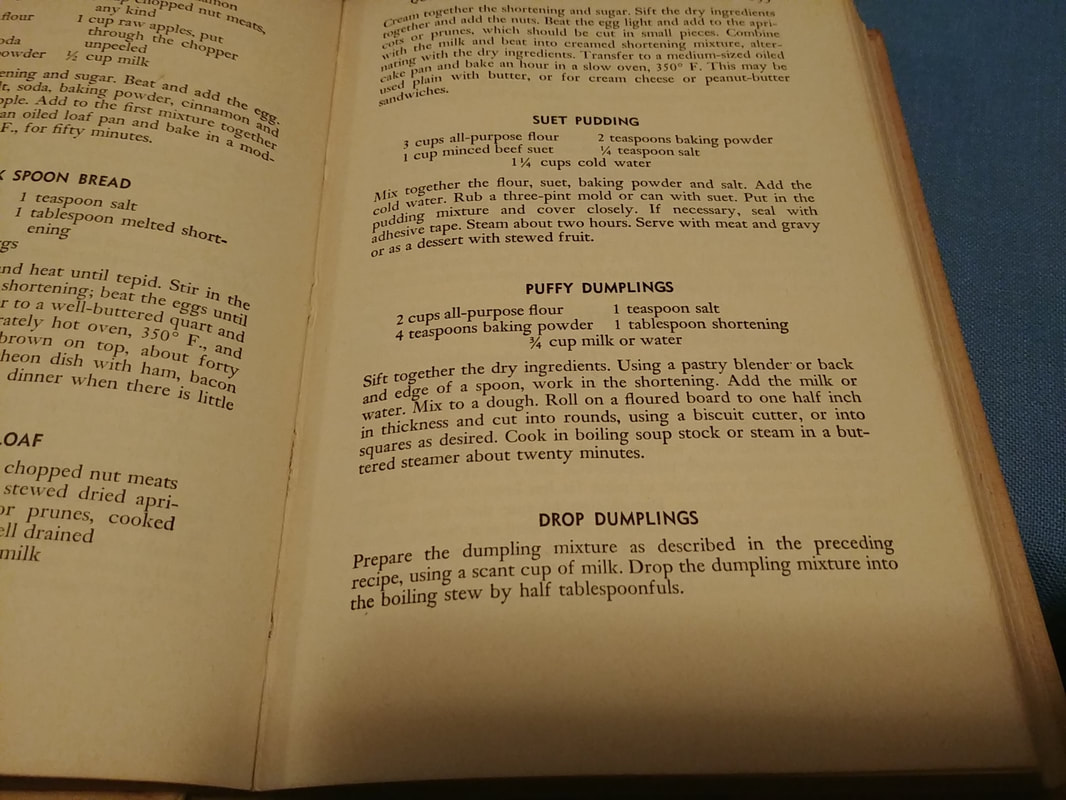
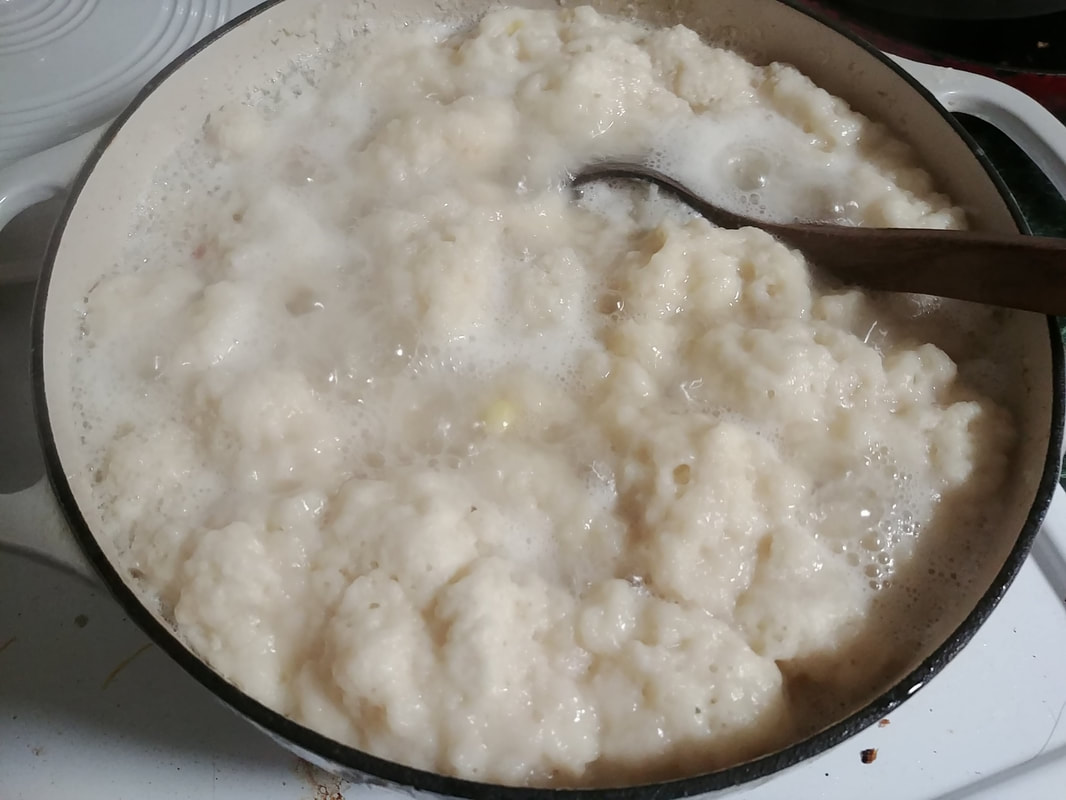
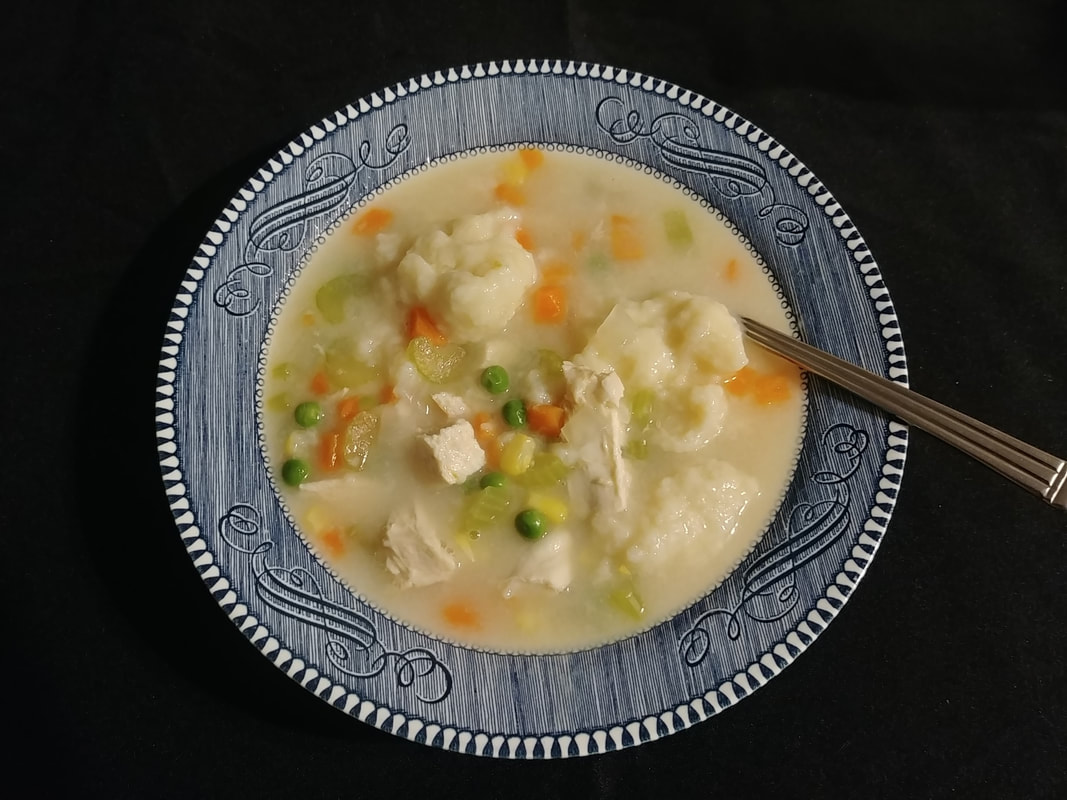

 RSS Feed
RSS Feed